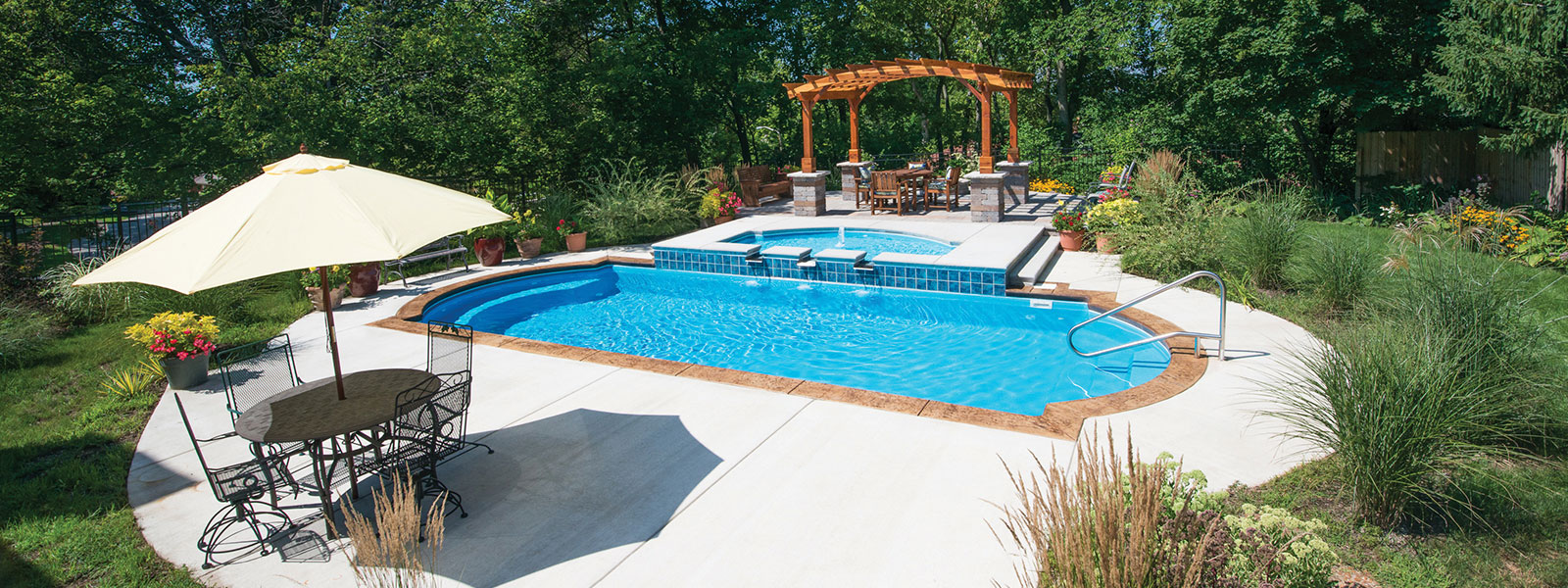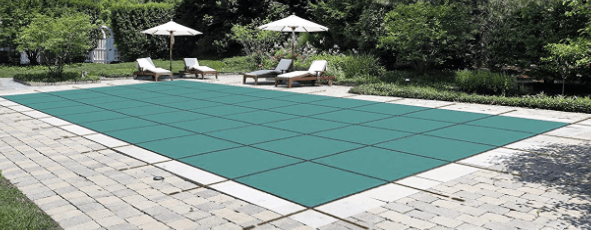Fiberglass pools provide years of memories for pool owners. The crystal-clear water brings joy and relaxation. However, keeping your water clear involves more than just routine cleaning and chemical adjustments. According to independent pool dealers in our network, backwashing the sand filter is an often overlooked yet crucial pool maintenance step for those with this type of filtration system. Let’s explore the importance of backwashing, some frequently asked questions, and how it’s done.
About Pool Filters
There are three available types of pool filters: sand, diatomaceous earth (DE), and cartridge. Sand filters are a very common form of swimming pool filtration, and they are particularly good at catching microscopic particles like algae and phosphates. Sand filters require very little maintenance, but the sand may need replacing every two to four years or so.
What is backwashing?
Backwashing a sand filter is a maintenance procedure that cleans the filter and ensures it operates efficiently. Over time, as water pumps through the sand filter, debris and particles are trapped by the sand, removing them from the pool water. This process gradually accumulates dirt and debris in the filter, which can decrease efficiency and lead to cloudy pool water.
Backwashing reverses the water flow through the sand filter. Instead of dirty water coming in and clean water going out, clean water is pumped backward through the filter. This reverse flow lifts and flushes the trapped debris from the sand bed and the filter through a waste line or drain.
During backwashing, the sand within the filter loosens, allowing the trapped debris to be expelled. After backwashing, the filter is returned to its normal operation mode and ready to filter pool water again. This process is essential for maintaining the filter’s ability to clean the pool water effectively and should be performed regularly as part of the pool’s maintenance routine.
Why is backwashing important?
Backwashing keeps your filter functioning properly and clear of debris. It also helps to keep your water clear. You can religiously add chlorine to the chlorinator, check its settings, sweep down the pool walls, empty skimmer baskets, vacuum dirt and debris from main drains, do water tests, maintain the correct water level, and clean the steps going into the pool. Regardless, your pool water will get cloudy if you forget to clean the filter. Nobody wants that.
What happens if I don’t backwash my sand filter?
If you don’t backwash your sand filter, you may notice your water getting cloudy or debris making its way to the surface of your pool water. As stated above, you can do all other essential maintenance tasks, but none will replace the need for backwashing.
How do I know if I need to backwash my sand filter?
You will need to check your filter’s pressure gauge. When clean, your filter will have a typical reading you should note. You’ll know it’s time to backwash once the gauge reaches 8 to 10 pounds (psi) above your baseline reading. Your water may also look cloudy or dirty when the filter is ready to be backwashed.
What is the proper way to backwash a sand filter?
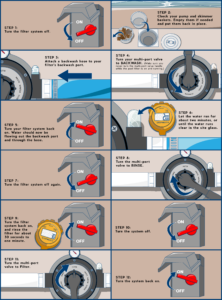
- Turn the filter system off.
- Remove, empty, and replace the skimmer basket.
- Attach a backwash hose to your filter’s backwash port.
- Turn your multi-port valve to Backwash. (Make sure you never turn the multi-port valve handle while the pool filter is on and running.)
- Turn your filter system back on. Water should now be flowing out the backwash port and through the hose.
- Let the water run for about two minutes, or until the water runs clear in the site glass.
- Turn the filter system off again.
- Turn the multi-port valve to Rinse.
- Turn the filter system back on, and rinse the filter for about 30 seconds to one minute.
- Turn the system off.
- Turn the multi-port valve to Filter.
- Turn the system back on.
Potential Issues and How to Avoid Them
- Sand in your pool. If you notice sand in your pool during or after backwashing, then you might have cracked off laterals or piping inside the filter. You may also have too much sand in the filter. The space from the filter’s top to the sand line’s beginning is called “freeboard.” This space is essential to prevent sand from exiting the filter during backwash.
- Too much of a good thing. While backwashing is essential, it is possible to backwash a sand filter too often and too much. As mentioned previously, how often you backwash should be based on the readings from your pressure gauge, as too much (or too little) backwashing can lead to some undesirable outcomes. During backwashing, turn the hose off as soon as your water runs clear. Prolonged backwashing of your sand filter can cause “channeling.” Channeling occurs when channels develop down the sides inside the filter. When this happens, water can bypass the sand altogether, defeating your sand filter’s purpose.
As with all aspects of your pool’s operation and maintenance, please follow the sand filter’s instructions carefully, as each model varies slightly. You will likely find directions on the filter itself. Your filter and your pump are the backbones of your pool, and it’s essential to pay equal attention to both of them. A failure of either will cause problems and cost you money. You should consult a pool professional if you have any pool maintenance concerns.
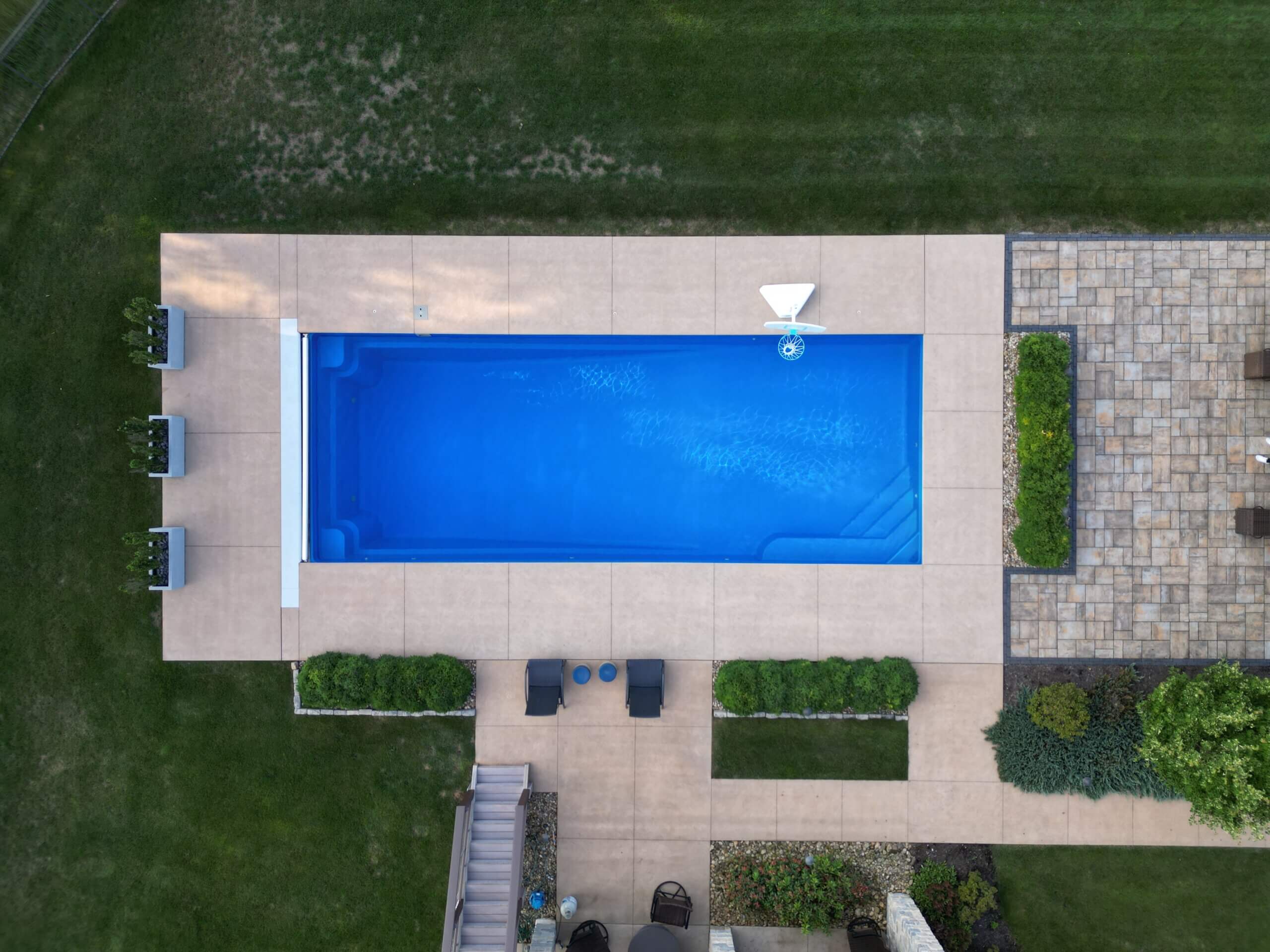
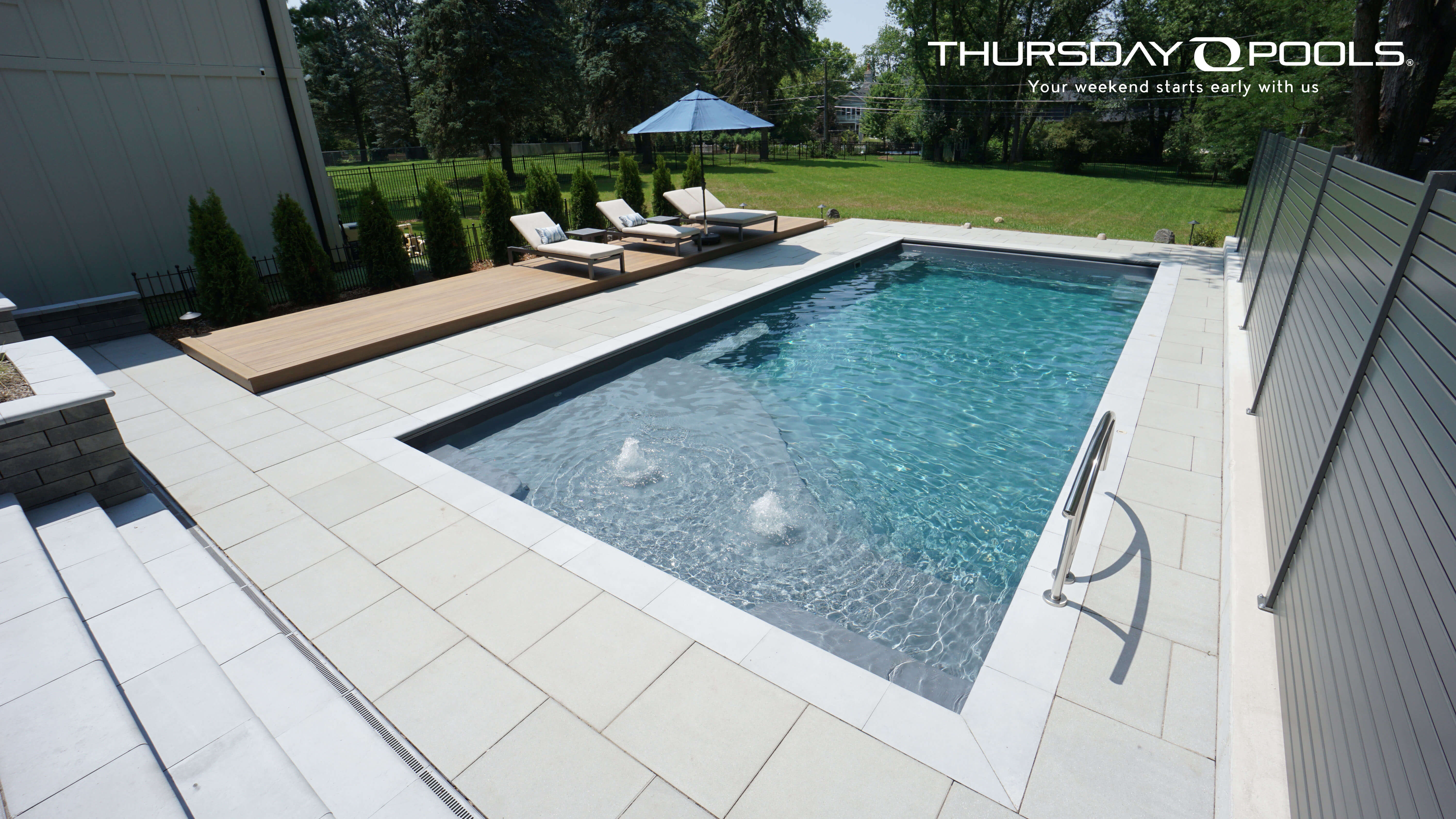
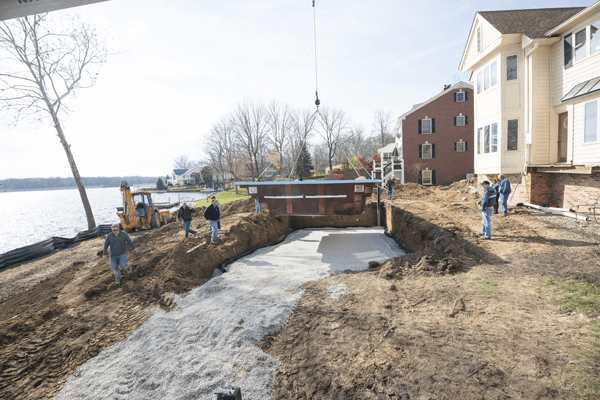
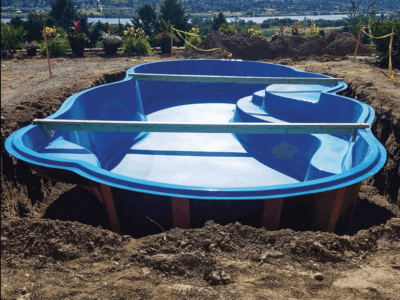
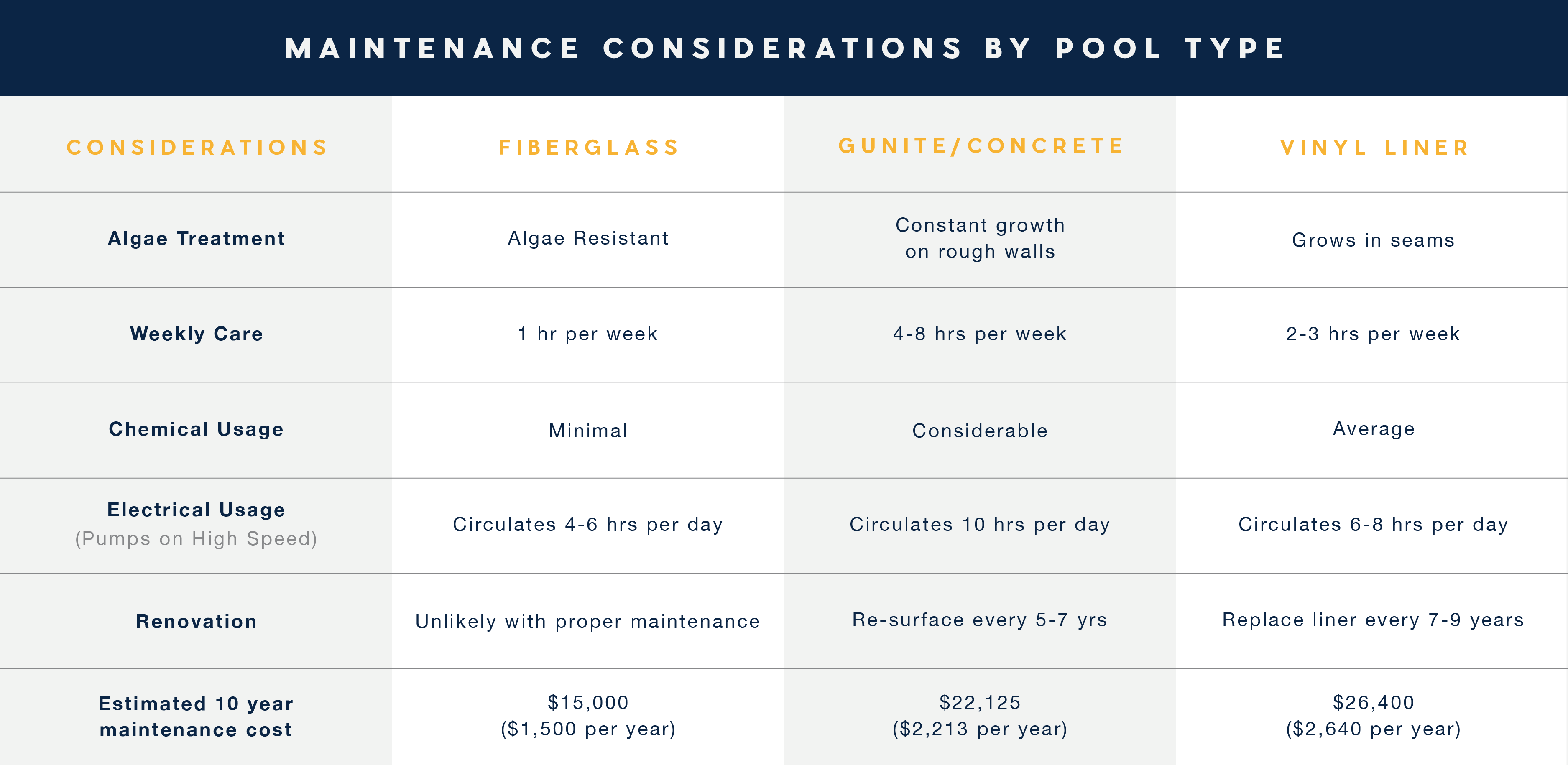
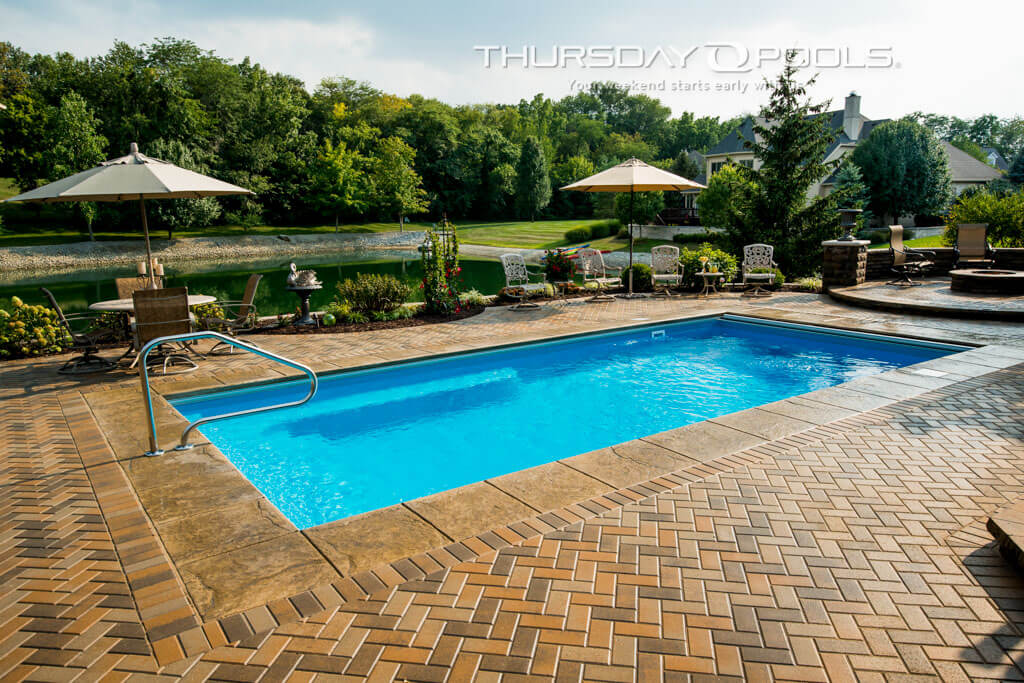
 Of course, I’m happy to share
Of course, I’m happy to share 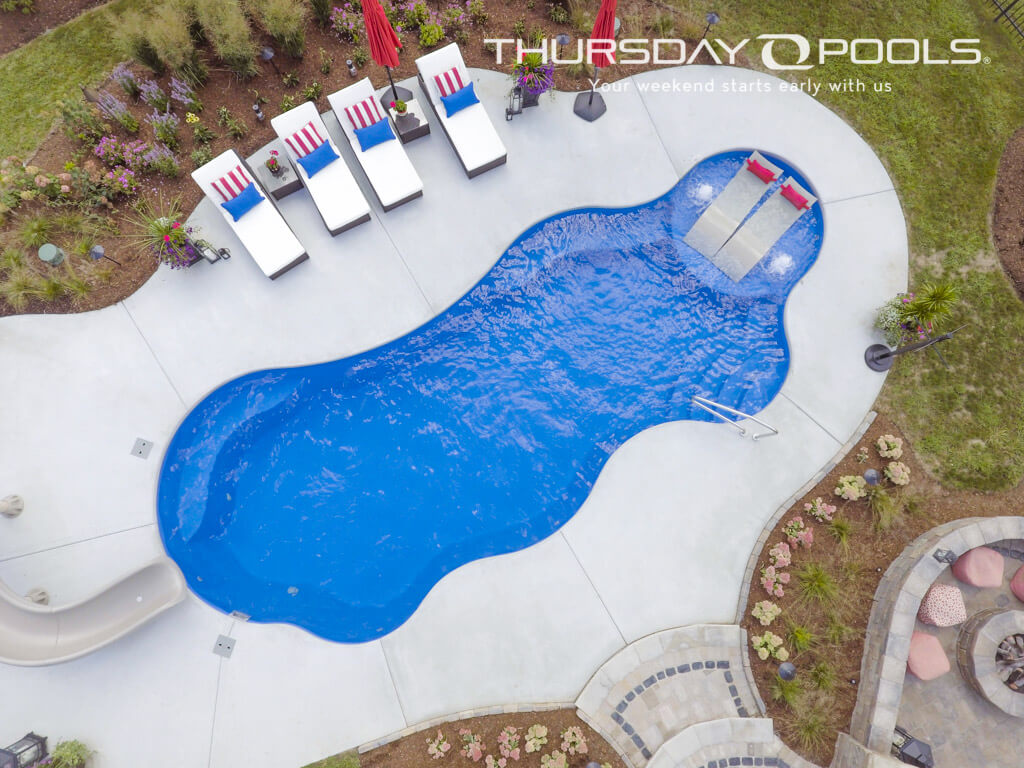

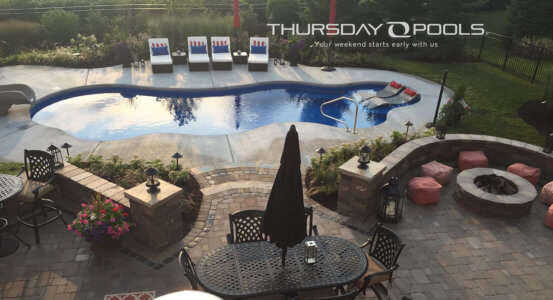 They say all good things must come to an end. In the Midwest, that’s a sad but true reality for inground pool season. It’s nearing time to close the pool. To ensure a quick and easy spring
They say all good things must come to an end. In the Midwest, that’s a sad but true reality for inground pool season. It’s nearing time to close the pool. To ensure a quick and easy spring 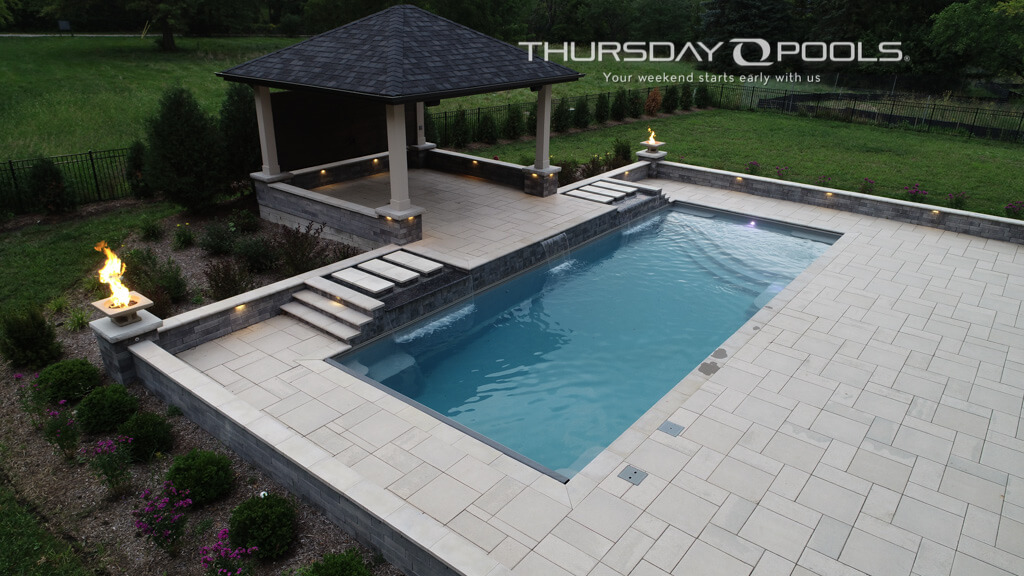
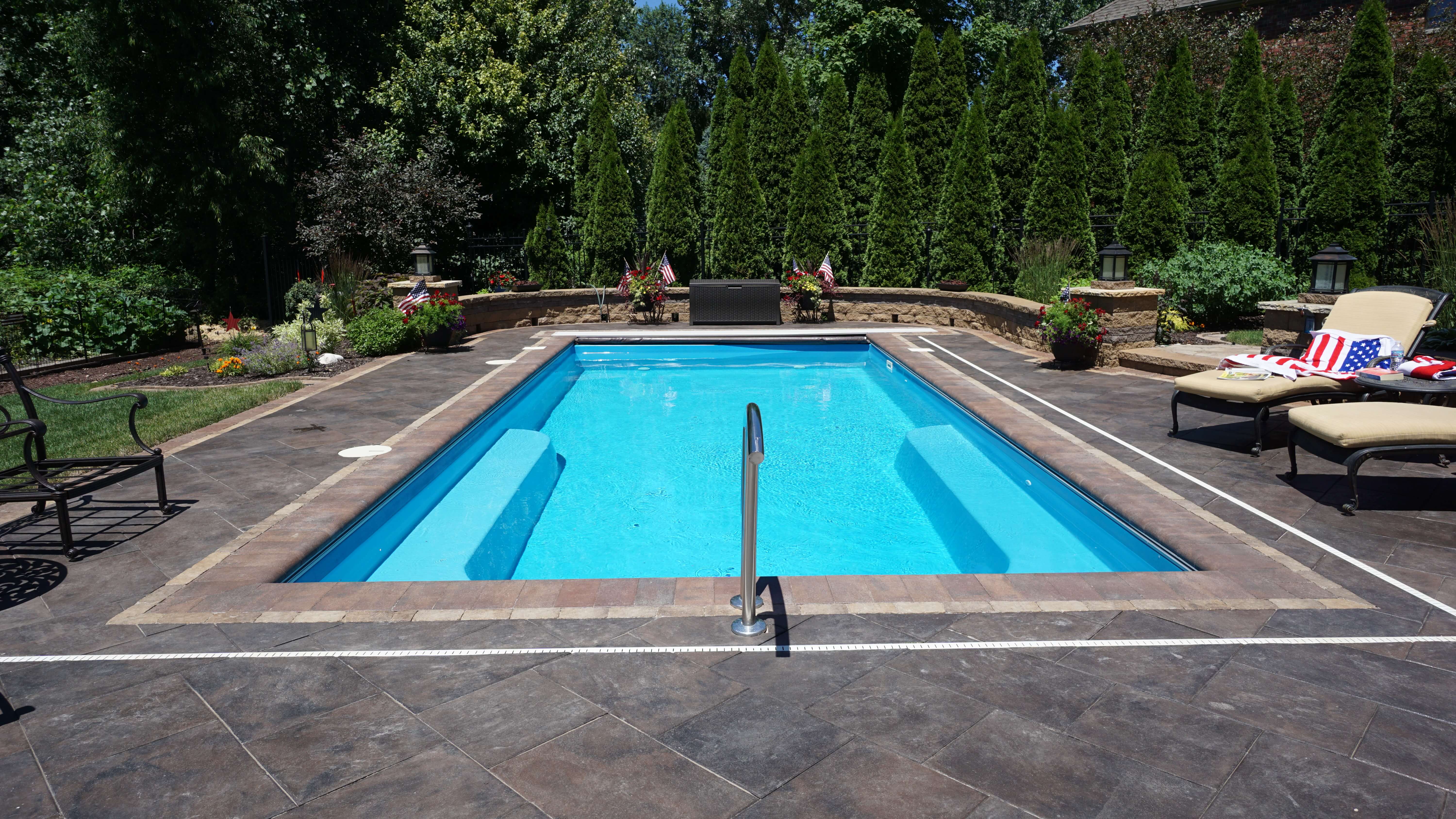
 Signed- Figuring out filtration in Fairfield
Signed- Figuring out filtration in Fairfield 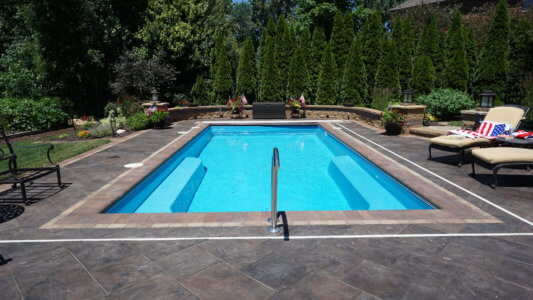 Both systems will give you clear water. But for the absolute best water clarity, cartridge filters win.
Both systems will give you clear water. But for the absolute best water clarity, cartridge filters win. 